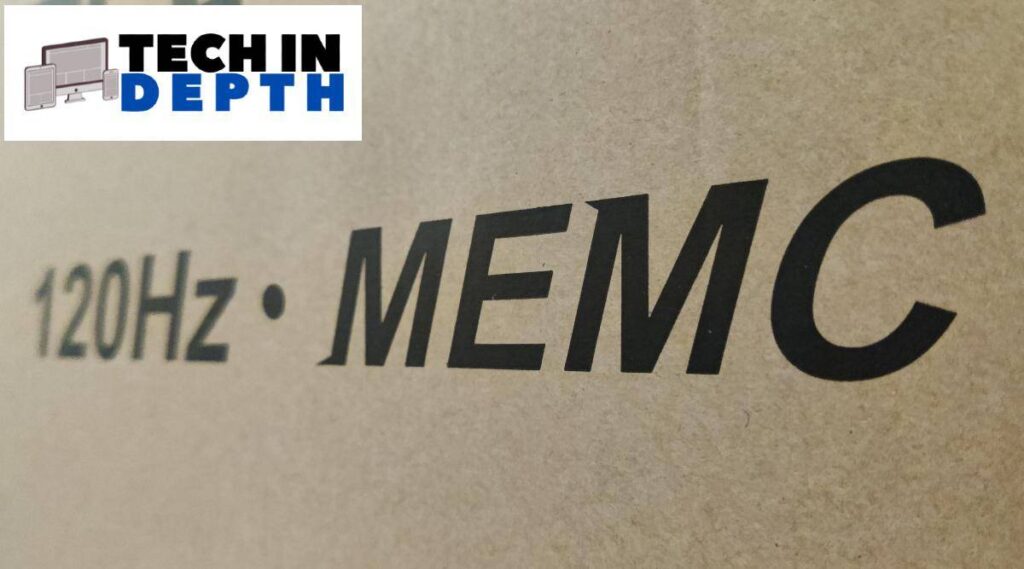Here’s all you need to know about MEMC, also known as motion smoothening or video interpolation, including how it works, its advantages and disadvantages.
It’s 2022 and one feature we’re beginning to see across devices is something called MEMC. MEMC is making its way to more TVs like the TCL C825 as well as more smartphones such as the recently launched iQOO 9 Pro.
But what exactly is MEMC and why are more OEMs adding the tech to display panels? Let’s find out in today’s edition of Tech InDepth.
What is MEMC?
MEMC stands for Motion Estimation, Motion Compensation. The technology works by inserting frames in the middle of two frames of a footage to increase the total number of frames in the same scene. In simple words, this makes the footage smoother.
To understand smoother footage better, let’s first get a brief understanding of frames in videos.
Let’s say you are watching a YouTube video at 30fps or frames per second. You notice that the video that you’re watching at 1080p 30 fps also has a 1080p 60fps setting. Switching to 60fps makes the video ‘smoother’ to watch. This is possible because the video was available in both 30fps and 60fps format, allowing viewers to watch 30 frames in a second or 60.
While both are good enough to create “movement” in front of your eyes, the 60fps footage will look much more fluid. This is essentially because you are seeing 60 frames every second, which is twice as many frames as 30fps. However, to display something in 60fps, 90fps or 120fps, the footage needs to also be shot in that framerate.
But what if the video, or movie, or TV show episode that you’re watching didn’t have a 60fps setting? What if the video only had 30 frames to display every second? That’s where MEMC comes in.
If your device has MEMC technology, this usually means there is dedicated hardware allotted to ‘simulate’ a number of fake, or pseudo-frames. These pseudo-frames are then pushed in between actual frames of the footage, giving it a smoothening effect, even though the original video was shot at 30fps.
This is basically the video equivalent of upscaling a lower resolution picture into a higher resolution one. Except, instead of increasing the resolution, MEMC increases the framerate.
Advantages & Disadvantages
The advantages of MEMC are simple. The content you are watching now has 50% or 100% more frames, making whatever you’re watching more fluid and pleasing to the eye. Sports in particular, is known to look much better with MEMC or motion smoothening. With the fast pace that is often associated with sports like Football, frame interpolation helps the final output look much more pleasing to look at.
In smartphones like the iQOO 9 Pro, where the MEMC tech sits under a ‘Frame Interpolation’ setting, you can get a higher framerate in games like Battlegrounds Mobile India, that don’t support gameplay above 60fps natively. More frames in games could mean quicker reaction times and a split-second advantage over enemies.

However, the technology also has its disadvantages. The first is the hit it takes on energy consumption. Naturally creating and pushing in these pseudo-frames (in real-time with constant processing) needs energy and while that may not be a problem on a television, on a smartphone, this can affect your battery life quicker.
This is the reason smartphones like the iQOO 9 Pro which implement the feature have a dedicated chip that kicks in when you need simulated frames, say, in games.
Video interpolation and the ‘soap opera effect’
MEMC also creates what is known as the ‘soap opera effect’ where videos sometimes look unnatural due to the artificial frames in between. This effect makes movie content look like it was shot on digital video, instead of film, which made directors and some viewers unhappy.Also Read |Tech InDepth: A closer look at deep web and dark web
While this doesn’t bother everyone, some people like to view their content the way it is meant to be viewed, which is the way it was shot, free of the simulated frames. This is also why MEMC televisions often have a setting to turn off MEMC if and when you don’t want it.
Hollywood star Tom Cruise along with Mission Impossible: Fallout director Christopher McQuarrie took to Twitter straight from the sets of Top Gun: Maverick back in December 2018 to tell people about ‘video interpolation’ or motion smoothing and why they should turn it off. Check it out below.
I’m taking a quick break from filming to tell you the best way to watch Mission: Impossible Fallout (or any movie you love) at home. pic.twitter.com/oW2eTm1IUA
— Tom Cruise (@TomCruise) December 4, 2018
Cruise and McQuarrie weren’t the first to speak on the subject. Other Hollywood names like Reed Morano, Edgar Wright, James Gunn and the Duffer Brothers have all been vocal against the technology, a common addition on newer TVs in many parts of the world.
“There are a lot of things turned on with these TVs out of the box that you have to turn off,” Consumer Reports TV tester Claudio Ciacci said in a report by Vulture. “It’s meant to create a little bit of eye candy in the store that makes customers think, at first glance, Hey, look at that picture, it really pops. But when you finally have it at home, it’s really not suitable,” he added, noting that most people don’t bother changing these settings on a new television set.
Do you need MEMC?
Often found as a premium feature on higher-end phones and TVs, MEMC may not be worth the extra money for everyone. But if the idea of watching everything with some added smoothness sounds like a good idea to you, you may want to walk down to your nearest TV dealer and check out an MEMC-supporting TV in action before you buy one.


